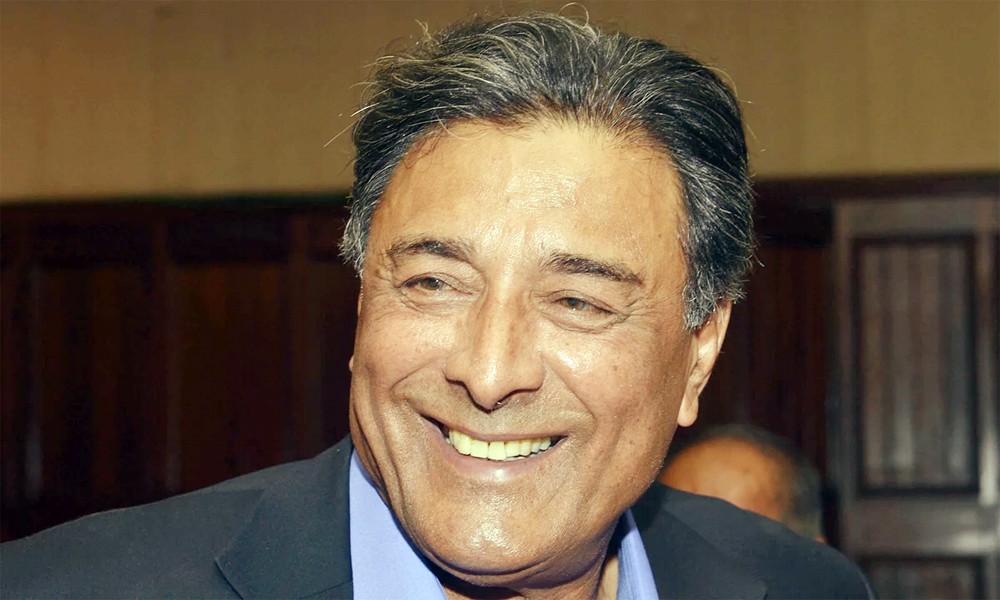
The attack on Punjab’s Home Minister Shuja Khanzada has sent shock waves throughout the country

On August 16, no less than 18 days after the police encounter led to the killing of Lashkar-e-Jhangvi Chief Malik Ishaq in a deserted area of Muzaffargarh, a suicide bomb attack killed Punjab Home Minister Colonel (retired) Shuja Khanzada at his dera (residence) in Shadi Khan in district Attock.
Dead bodies of at least 16 people, including the minister and two police officials, were recovered from under the rubbles of the collapsed dera. The attacker, wearing a suicide vest, according to Punjab police chief, blew himself up after entering a room packed with some two dozen people.
Khanzada had declared the killings of Malik Ishaq and his aides a part of the National Action Plan against terrorism. A widespread search operation was already under way in the province amid fears of a serious backlash by the LeJ, primarily a sectarian anti-Shia militant wing closely aligned with the Tehreek-e-Taliban Pakistan (TTP) and al-Qaeda.
Seventy-two years old Khanzada joined politics after his retirement from the Pakistan Army and end of a diplomatic career after General (R) Pervez Musharraf surfaced on the political landscape. He joined the Pakistan Army in 1967 and retired in the early 1990s. He was posted as a military attaché at the Pakistan Embassy in Washington DC from 1992-94. He was elected member Punjab Assembly thrice in a row in 2002, 2008 and 2013. He remained with Pakistan Muslim League Quaid-e-Azam (PML-Q) in the first two terms and contested from Pakistan Muslim League Nawaz (PML-N) platform in the 2013 general elections.
After the 2013 general elections, Khanzada was assigned the office of provincial environment minister. He gained attention because of his bold statements against militancy after getting additional charge of home ministry in October 2014.
Previously, Chief Minister Shahbaz Sharif was holding charge of this ministry.
Khanzada was the person to respond to the questions on the assembly floor related to his ministry as the CM, would be away from the house sessions most of the time.
Following the attack on the Army Public School Peshawar on December 16, 2014, and the big policy shift in the fight against terrorism, Khanzada’s ministry gained prominence.
During his time, police made breakthroughs by breaking the TTP group networks in Punjab as part of execution of the NAP. The TTP groups and facilitators of attackers on Youhanabad churches were also arrested a month ago. Police also broke a network of TTP group that was making a base in district Sheikhuhpura. And above all, Malik Ishaq was killed in a police encounter after strong signals of his links with the al-Qaeda and TTP groups joining ISIS.
Khanzada did not have sufficient security, according to some reports. It is learnt that the reduction in his security staff was a result of the cold war for power to control the police department. There were clear indications of attacks on important persons. A separate team of police officers is probing into the security protocol of the minister.
Initial reports have strongly indicated the involvement of LeJ and TTP groups in the attack. Last week, security agencies arrested some LeJ activists from Faisalabad and Jhang with strong possibilities of their facilitation and planning of the attack. Shoaib Cheema, who allegedly belongs to the TTP and is a former Lashkar-e-Taiba loyalist, was apprehended from Faisalabad. He was part of the TTP group who was aligned with al-Qaeda and attacked the Inter Services Intelligence offices in the province.
Following the attack on Khanzada, there are further threats of attacks on political personalities, Shia police officers, high profile kidnapping and surprise attacks on some important installations and buildings in the province, according to some intelligence alerts.
With no roots in the ruling PML-N, Khanzada was also facing rivalry and tussle within the party, especially from the party loyalist Punjab Law Minister Rana Sanaullah Khan who ran the home ministry affairs in the absence of chief minister. After his reinstatement as law minister a couple of months ago, this tussle for authority deepened, according to party insiders.
On one hand, Khanzada was gaining prominence on the political front in the operation-like situation under NAP and, on the other he was losing grip over his department because of lack of roots and connections to chief minister as compared to old loyalist Sanaullah.
An insider told TNS that even Punjab police chief and home secretary would not pay attention to the directions of home minister. The priority of the department bigwigs was to please Sanaullah and the CM. In some recent meetings, after this tussle began with Sanaullah’s re-entry in to politics, the chief minister used to say that the authority of home minister lies with him actually.
A high level meeting last week decided to step up the operation against terrorists, promoters of sectarianism and those who act as their helping hand in the province. The CM, addressing the meeting, said that activities of banned organisations should be curbed with full force.
Political and security pundits doubt the commitments of Punjab government amid suspicions of some of its key leaders’ linkages with such banned outfits. The pace of operation against militant wings in the Punjab would prove whether PML-N leadership intends to move forward against terrorism after Khanzada’s death or slow down the operation amid fear for their lives.